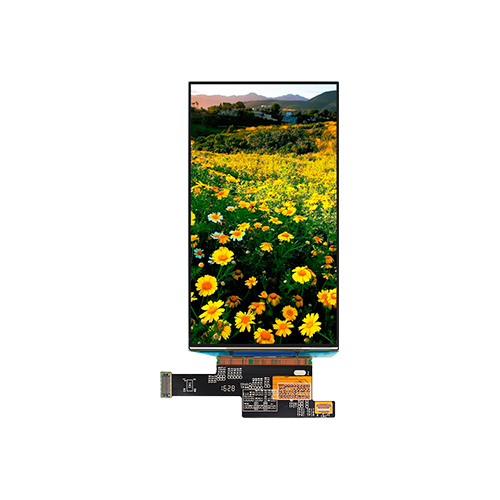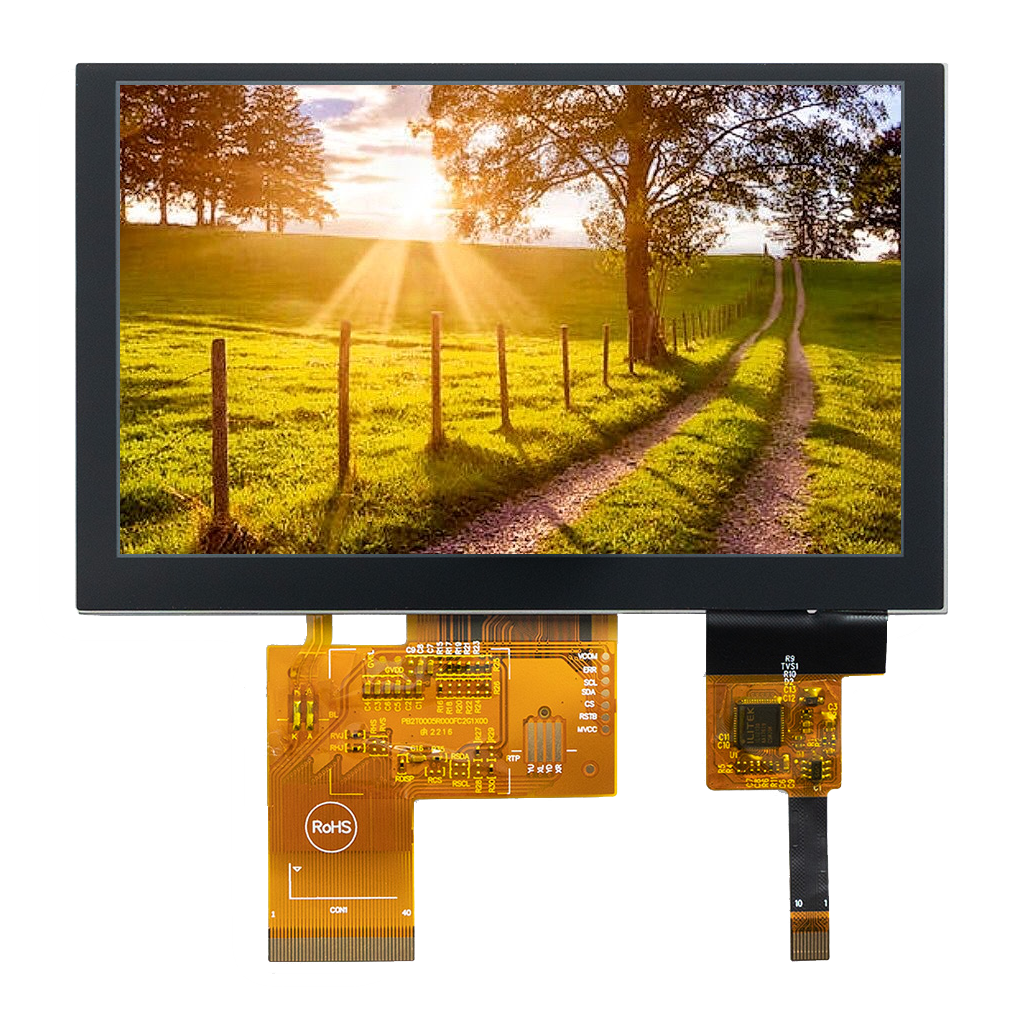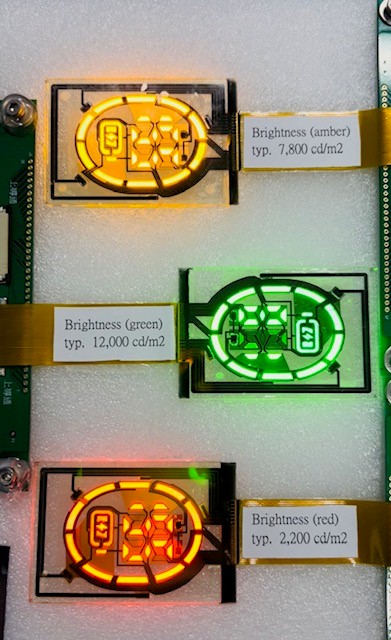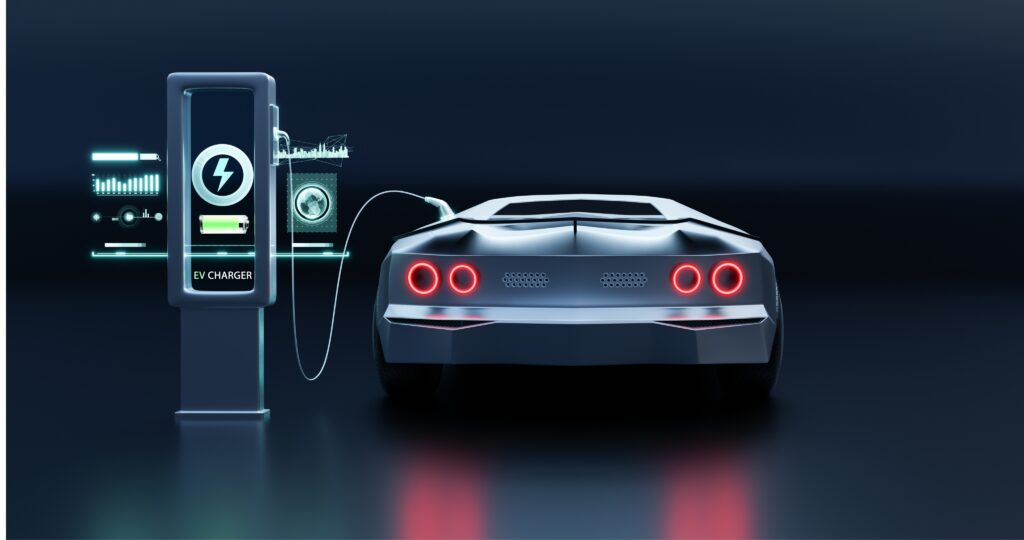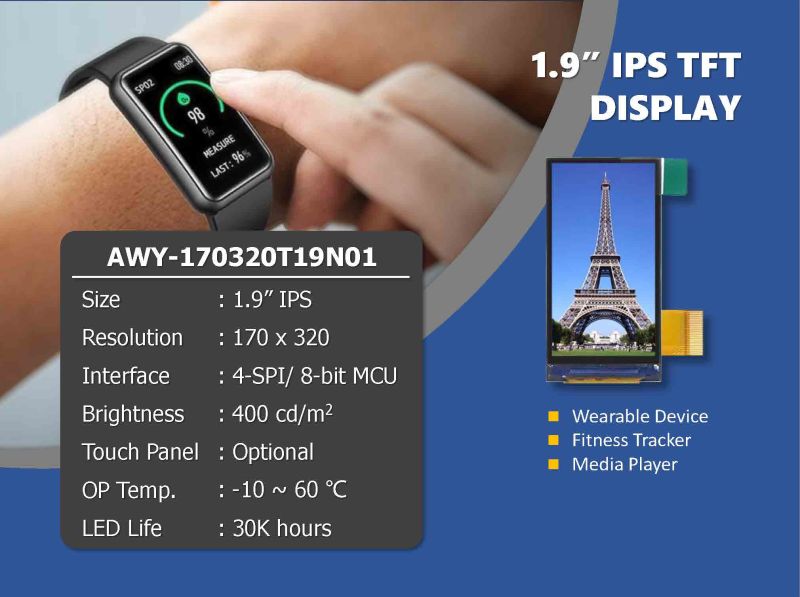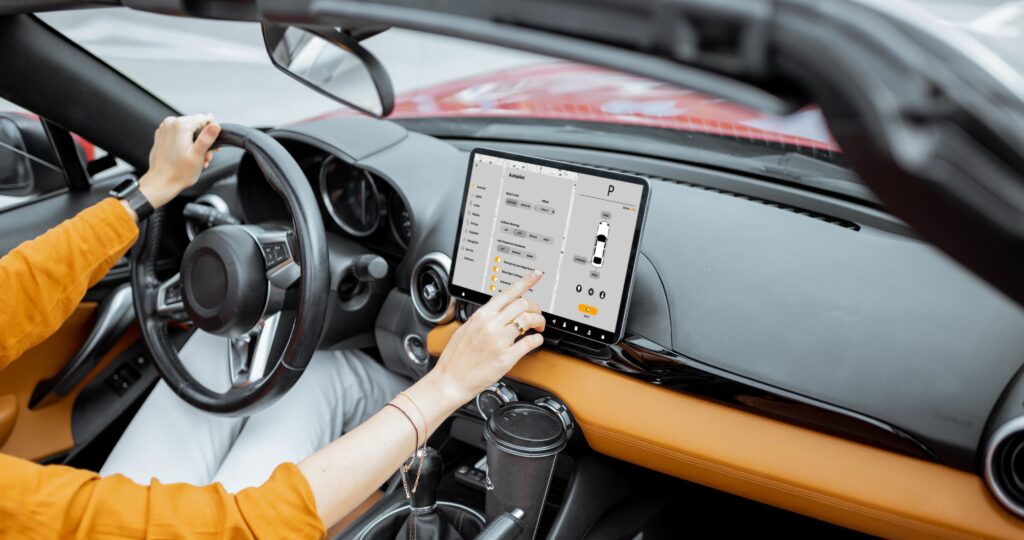
In today’s fast-paced world, technology plays a pivotal role in shaping various industries, driving efficiency, and fostering innovation. Among the myriad technological advancements, TFT LCD (Thin-Film Transistor Liquid Crystal Display) screens have emerged as indispensable tools across diverse sectors. Their importance lies not only in providing vivid visual representation but also in their versatility, durability, and adaptability to various industrial applications.
Importance of TFT LCD Displays in Industries
- Visual Representation: TFT LCD displays offer high-resolution imagery with vibrant colors and sharp contrast. This clarity is crucial for industries where visual data interpretation is paramount, such as medical imaging, automotive design, and industrial automation.
- Real-time Monitoring and Control: In industries like manufacturing and process control, real-time monitoring is essential for ensuring efficiency and maintaining quality standards. TFT LCD displays enable operators to monitor processes, analyze data, and control machinery with precision.
- Space Efficiency: TFT LCD displays are inherently slim and lightweight, making them ideal for applications where space is a constraint. In industries like aerospace and transportation, where weight and space optimization are critical, TFT LCD displays provide an effective solution without compromising performance.
- Durability and Reliability: Industrial environments often expose equipment to harsh conditions such as extreme temperatures, vibrations, and moisture. TFT LCD displays are designed to withstand such conditions, ensuring reliability and longevity even in rugged environments.
- Energy Efficiency: With the growing emphasis on sustainability, energy-efficient technologies are gaining prominence. TFT LCD displays consume less power compared to traditional display technologies, contributing to energy savings in industrial applications.
Applications of TFT LCD Displays in Industries
- Automotive: TFT LCD displays are extensively used in automotive dashboards, infotainment systems, and rear-seat entertainment screens. They provide drivers with essential information such as speed, navigation directions, and vehicle diagnostics, enhancing driving experience and safety.
- Healthcare: In the healthcare sector, TFT LCD displays are utilized in medical imaging equipment such as MRI machines, CT scanners, and ultrasound devices. These displays enable healthcare professionals to visualize and analyze diagnostic images with precision, aiding in accurate diagnosis and treatment planning.
- Manufacturing: In manufacturing facilities, TFT LCD displays are employed in human-machine interface (HMI) panels to monitor production processes, display performance metrics, and facilitate operator input. They also serve as control panels for programmable logic controllers (PLCs), enabling seamless integration with automated systems.
- Retail and Hospitality: TFT LCD displays find applications in digital signage, self-service kiosks, and point-of-sale terminals in retail stores and hospitality establishments. They enhance customer engagement, streamline transactions, and provide interactive experiences, thereby improving overall service efficiency.
- Aviation and Aerospace: In the aviation and aerospace industries, TFT LCD displays are utilized in cockpit displays, in-flight entertainment systems, and mission-critical instruments. These displays provide pilots and crew members with essential flight data, navigation information, and situational awareness, ensuring safe and efficient flight operations.
Conclusion
TFT LCD displays have revolutionized various industries by providing versatile, high-performance visual solutions that cater to diverse applications. From enhancing productivity in manufacturing to improving patient care in healthcare, TFT LCD displays continue to play a vital role in driving innovation and efficiency across sectors. As technology advances further, we can expect TFT LCD displays to evolve and continue empowering industries with their myriad benefits.
Since our inception in 1990, Microtips https://microtipsusa.com/ has become one of the leading LCD manufacturers in the industry.
Microtips’ industrial grade display features:
- Ruggedization & Durability
- Wide Temperature Range
- PCAP with Glove Tuning Available
- Anti-Glare & Anti-Reflective
- Films Available
- Long-term Availability
Microtips Technology https://microtipsusa.com/ provides local sales and engineering support in the Americas, Europe, and Asia. We are always available to discuss your project and make sure it will be a perfect fit for your needs.

